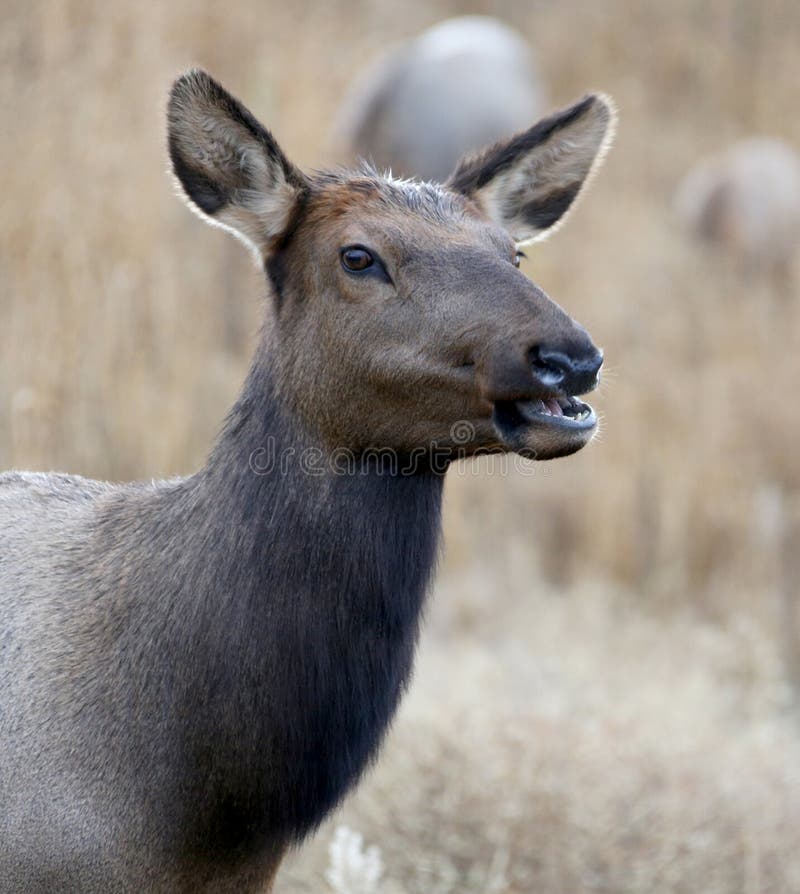

Shed elk antlers can vary in price depending on their quality and color. This process of shedding and regrowing antlers is an essential part of the elk's life cycle, and it helps them to adapt to changing environmental conditions.

The antlers are shed each year, and a new set of antlers begins to grow almost immediately. The growth of new antlers begins in the spring and is a highly regulated process by the elk's endocrine system. The shedding of antlers is a natural process that occurs as a result of hormonal changes in the elk's body. This process begins when they are one year old and continues throughout their lifetime. Male (bull) elk shed their antlers annually, typically in late winter to early spring, and grow a new set of antlers every year. How Often Do Male Elk Shed Their Antlers? This cycle of antler growth and shedding is an important part of the reproductive behavior of elk and helps to ensure the health and vitality of the species. After shedding their antlers, elk will grow a new set that is typically larger and more branched than the previous year's antlers. This process is controlled by hormones and is triggered by changes in daylight and other environmental factors. Like other species of deer, elk grow new antlers each year and then shed them in the winter or early spring. Do Elk Shed Antlers Every Year?Įlk do shed their antlers every year. Understanding the process of antler shedding is an important aspect of studying and managing elk populations, and it can also be a fascinating aspect of observing these majestic animals in the wild. Shedding antlers helps conserve energy and resources during the winter months, and the growth of new antlers is influenced by genetics, nutrition, and age. Bulls with larger, more elaborate antlers are often more attractive to females during the breeding season and may have a higher chance of passing on their genes to the next generation.Įlk do shed their antlers annually, and this is a natural process that is controlled by hormones in their body. It's worth noting that only male elk grow antlers, and the size and shape of their antlers can be used to determine their age and overall health. The growth of new antlers is also controlled by hormones, and the size and shape of the antlers are influenced by genetics, nutrition, and age. This process can take several months, and the new antlers will typically be larger and more elaborate than the previous set. Once the antlers have fallen off, the elk will begin to grow a new set of antlers. The antlers are shed to conserve energy and resources during the winter months when food is scarce. As the days become shorter and the weather gets colder, the elk's body begins to produce less testosterone, which triggers the shedding process. The process of shedding antlers is controlled by hormones in the elk's body.


 0 kommentar(er)
0 kommentar(er)
